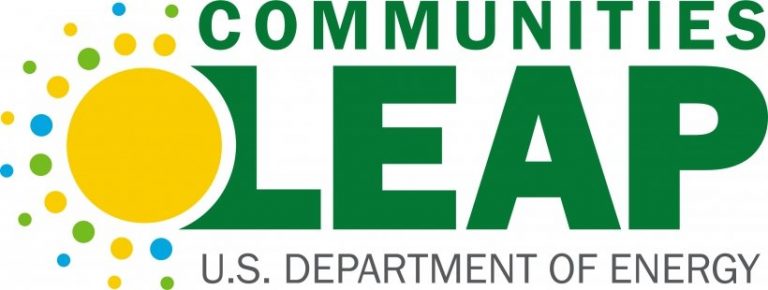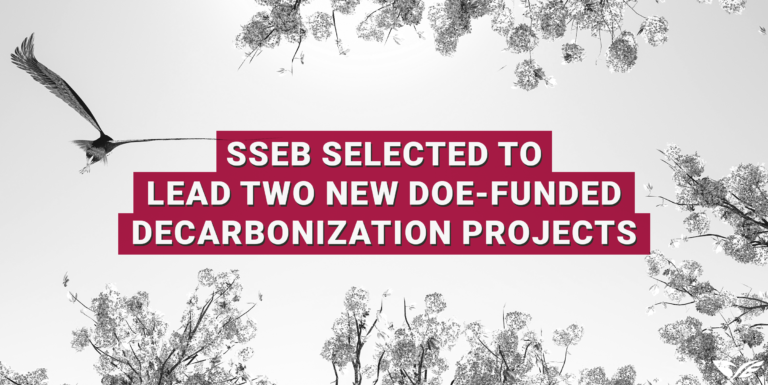DOE Selects SSEB to Negotiate Carbon Capture Demonstration Project Program Front-End Engineering Design (FEED) Study
In late May, the Office of Clean Energy Demonstrations announced its intention to enter negotiations with Southern States Energy Board for our Ash Grove Foreman Cement Plant Carbon Capture and Storage project.
The proposed project includes integrated CO2 capture and storage associated with cement manufacturing at the Ash Grove Foreman Cement Plant in Foreman, Arkansas. The project proposal incorporates Air Liquide’s CryocapTM technology as the basis for post-combustion and/or process system CO2 capture, and pipeline and storage field development in the Jurassic Smackover Formation.
In September 2022, DOE announced up to $189 million in funding for integrated Front-End Engineering Design (FEED) Studies to support the development of community-informed integrated carbon capture, transport, and storage projects.
The FEED Studies are funded through OCED’s Carbon Capture Demonstration Projects Program, which seeks to address the urgent need to deploy carbon management technologies. The goal of the Carbon Capture Demonstration Projects Program is to accelerate the implementation of integrated carbon capture and storage technologies and catalyze significant follow-on investments from the private sector to mitigate carbon emissions sources in industries across America.
Ash Grove expects to achieve its carbon reduction target for cement plants by 2030. The Foreman Cement Plant Carbon Capture and Storage FEED (Foreman FEED) seeks to develop a carbon capture and storage (CCS) integrated solution to support reduction of carbon dioxide (CO2) emissions associated with cement manufacturing and improve the sustainability of the Ash Grove Foreman Cement Plant in Foreman, Arkansas. This is particularly important as the Foreman Cement Plant is a major employer in the region, employing more than 150 individuals with an annual payroll of more than $12 million. To accomplish this, the Project Team will execute and complete FEED studies for an integrated CCS system. As part of this, the Project Team will consider Air Liquide’s CryocapTM technology as the basis for post-combustion and/or process system CO2 capture. CryocapTM combines Pressure Swing Adsorption (PSA) with cryogenic technology to achieve a high CO2 recovery rate associated with high purity CO2. CryocapTM is environmentally sustainable as it only requires electricity, does not use any chemicals or flammables, and can manage impurities such as NOx, SOx, mercury, and particulate matter. Unlike amine solvents, this technology does not require significant amounts of heat, which limits the risk of integration with the existing plant.
In parallel, the Project Team will execute a stratigraphic test well targeting the Jurassic Smackover Formation to support the development and submission of its U.S. Environmental Protection Agency (EPA) Underground Injection Control (UIC) Class VI Permit for the permanent storage of CO2. This builds on prior work funded by the State of Arkansas and the U.S. Department of Energy and completed by Advanced Resources International and Southern States Energy Board. In addition, the Project Team will submit a National Environmental Policy Act (NEPA) environmental information volume based on an integrated CCS system to identify all potential environmental impacts of an integrated commercial project. The Project will include the development of a refined life cycle analysis informed by the capture FEED assessment, the pipeline FEED assessment, and the storage field development plan.
A robust community benefits plan will be developed and deployed in anticipation of subsequent project phases. This plan will include:
- Establishing a network of participating universities, including minority serving institutions;
- Deploying an educational and employment program focused on increasing access to clean energy information and career opportunities; and
- Engaging with local stakeholders to discuss the ambitions of the project and to address potential community concerns.
The Foreman FEED is expected to occur over a 24-month period and is led by the Southern States Energy Board with an overall project budget of $15.2 million. The Project Team consists of Advanced Resources International, Ash Grove Cement (site host), and Crescent Resource Innovation. Air Liquide, Environmental Resource Management, and Sargent & Lundy will participate in the Project as vendors.
About the Office of Clean Energy Demonstrations
OCED was established to accelerate clean energy technologies and fill a critical innovation gap on the path to achieving our nation’s climate goals of net zero emissions by 2050. OCED’s mission is to deliver clean energy demonstration projects at scale in partnership with the private sector to accelerate deployment, market adoption, and the equitable transition to a decarbonized energy system. Visit energy.gov/oced to learn more.




